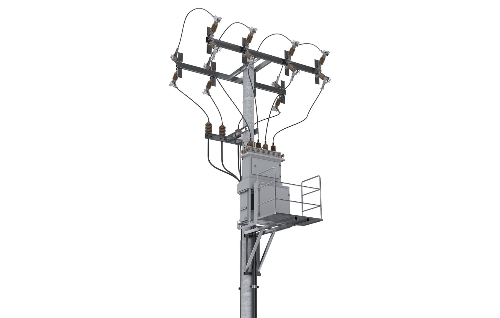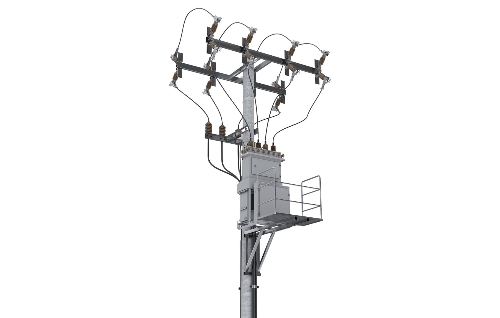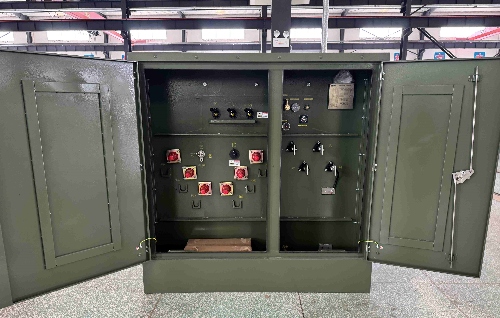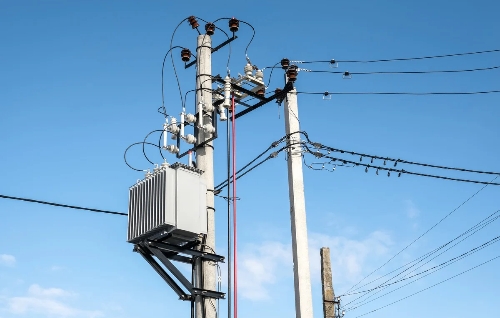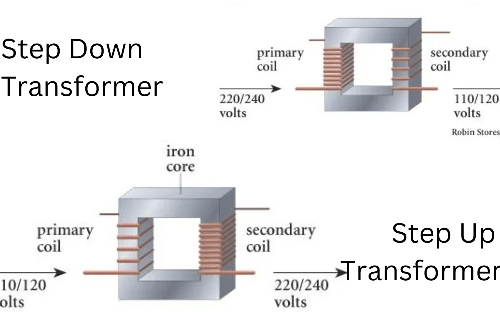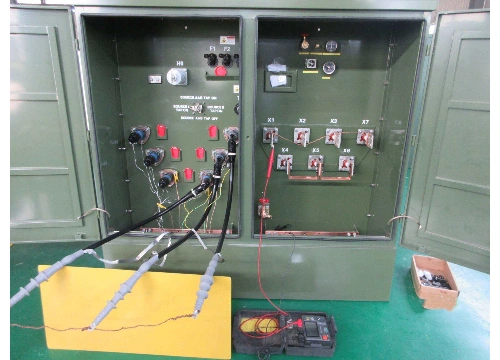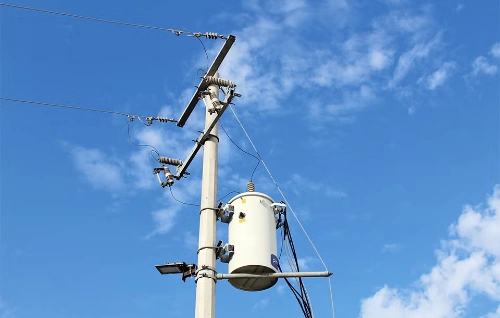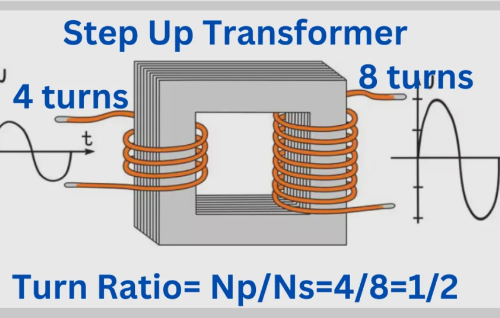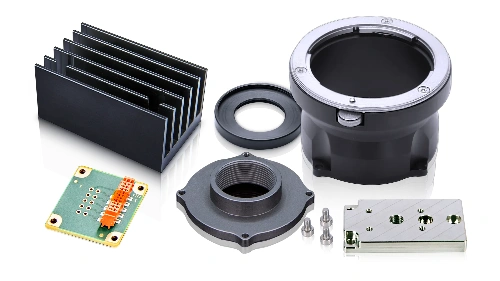What is The Transformer Tap Changer?
In modern power systems, transformer tap changers are critical for maintaining voltage stability in distribution networks, ensuring reliability and protecting equipment. Tap changers are used in voltage-regulating and power transformers to adjust the transformer's turns ratio, ensuring consistent voltage levels under varying load conditions.
1. Basic Function of a Transformer Tap Changer
A transformer tap changer is a mechanism that allows the connection to different points on a transformer's windings, effectively changing the transformer tap. By altering the number of active turns, it adjusts the voltage ratio between primary and secondary windings.
This adjustment is essential in both high-voltage power transformers and distribution transformers to maintain voltage within specified limits. Tap changers are particularly useful in networks with fluctuating loads or distributed generation sources.
2. Types of Transformer Tap Changers
Transformer tap changers can be broadly classified into two categories:
a) De-energized Tap Changers (DETCs)
Also known as de-energized tap changers, these devices adjust the transformer tap only when the transformer is offline. DETCs are simpler, cheaper, and have lower maintenance requirements, but cannot respond to real-time load fluctuations.
Key components of DETCs include:
- Selector switches to choose the desired tap
- Mechanical linkages to connect transformer windings
- Indicators for tap position
DETCs are often used in distribution networks where voltage regulation does not require continuous adjustment.
b) Load Tap Changers (OLTC)
Load tap changers (OLTCs) can adjust the transformer tap under load conditions, without interrupting the power supply. This capability makes them essential in power distribution systems and voltage regulators for maintaining stable voltage.
OLTCs consist of:
- Diverter switches that momentarily carry current during tap transitions
- Selector switches that select the new tap
- Mechanical or motor-driven mechanisms
These load tap changers OLTC allow smooth voltage regulation, reduce system losses, and improve the reliability of power transformers in dynamic load environments.
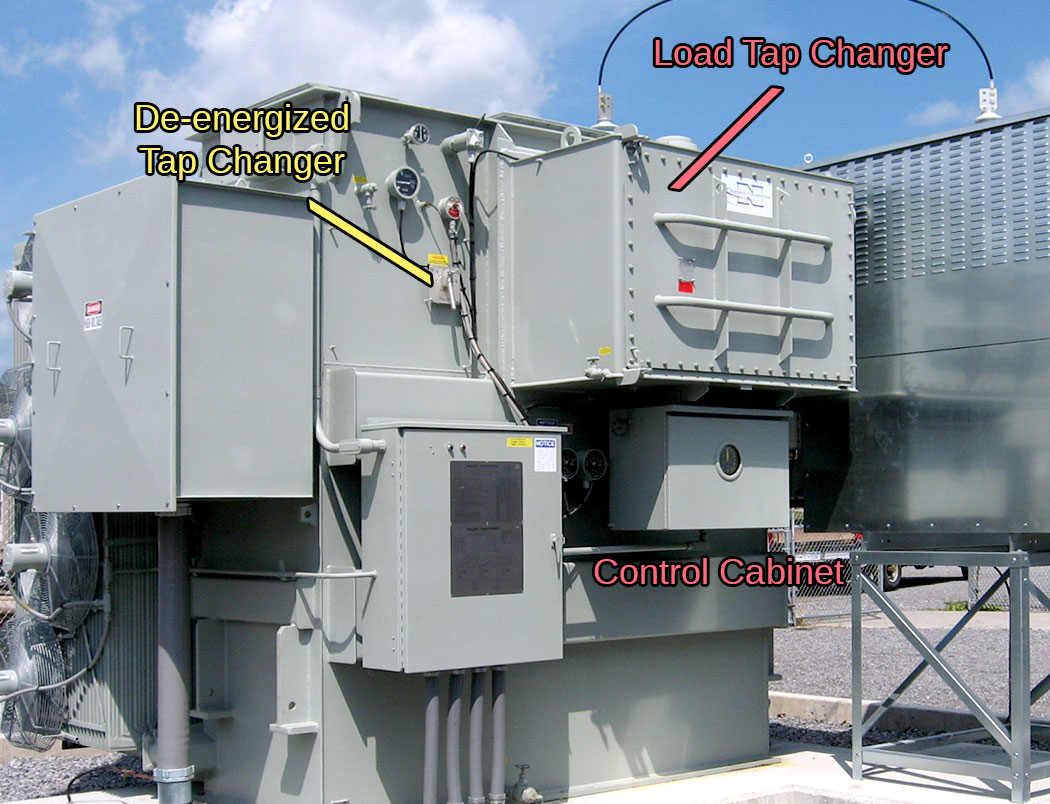
3. Practical Applications in the Field
During my work experience on utility-scale distribution networks, I observed several practical considerations when operating tap-changing transformers:
- Routine Inspection: Load tap changers OLTC require regular oil analysis and inspection to ensure diverter switches are functioning correctly.
- Voltage Regulation: Adjusting transformer taps in feeders connected to industrial loads can prevent overvoltage during low-demand periods.
- Coordination with Voltage Transformers: Proper integration with voltage transformers ensures accurate sensing and avoids unnecessary tap changes.
- Maintenance Challenges: Mechanical selector switches and diverter contacts experience wear, so preventive maintenance is key to minimizing downtime.
A real-world scenario involved a 110 kV tap-changing transformer serving a mixed industrial-residential feeder. By monitoring load tap changer operations, we optimized turn ratios and stabilized secondary voltages within ±2%, significantly improving power quality.
4. Benefits of Tap Changing Transformers
- Dynamic Voltage Control: OLTCs allow real-time adaptation to load changes.
- Extended Transformer Life: Smooth transitions reduce mechanical stress on transformer windings.
- Improved Power Distribution: Voltage stability ensures reliable operation of downstream equipment.
- Energy Efficiency: Proper voltage regulation reduces losses in the distribution network.
5. Key Considerations for Design and Operation
When selecting or operating a tap-changing transformer, engineers must consider:
- Rated load and voltage variations in the network
- Compatibility with voltage regulators and protection schemes
- Accessibility for maintenance of de-energized tap changers DETCs or load tap changers, OLTC
- Coordination with other power transformers to avoid overcompensation
Proper understanding of transformer tap changers ensures efficient, reliable, and safe operation of the power distribution infrastructure.
A transformer tap changer is an indispensable device for voltage regulation and grid stability. Whether employing load tap changers OLTC for continuous adjustment or de-energized tap changers DETCs for offline adjustments, these devices optimize transformer operation and support reliable power distribution.
Through practical application and maintenance, utilities can maximize the lifespan of tap-changing transformers, ensure consistent voltage in the distribution network, and enhance overall power quality.

